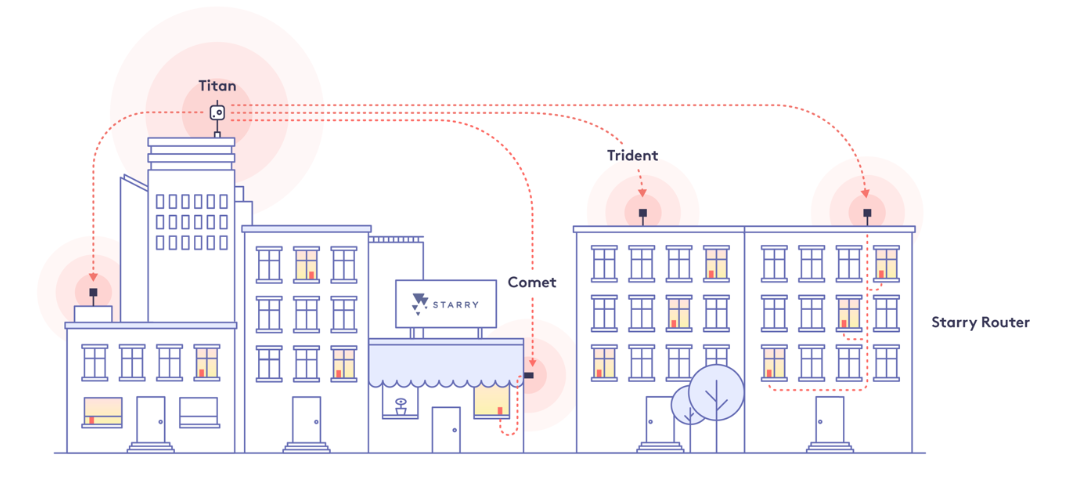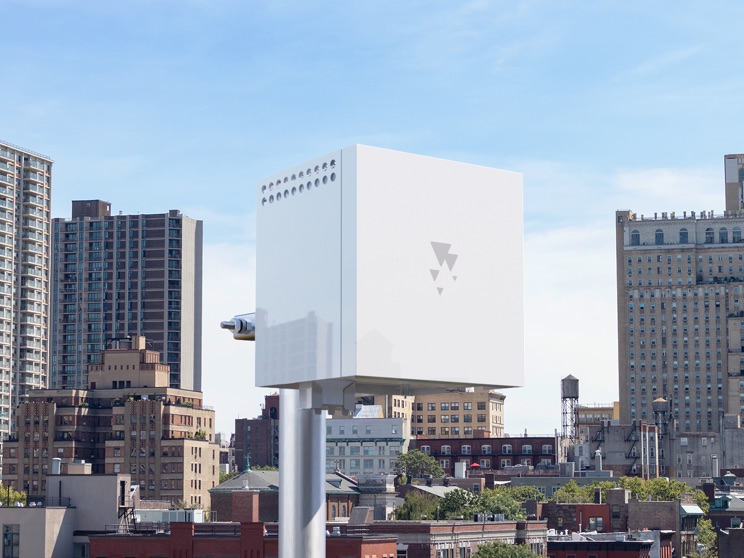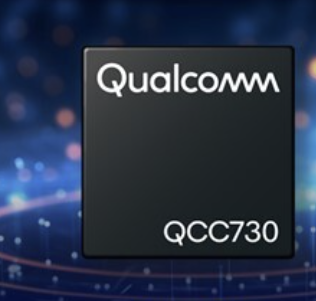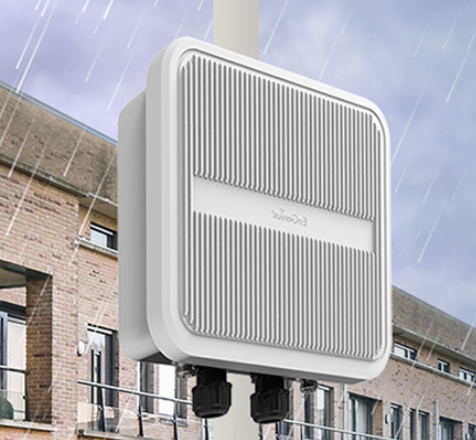
By Claus Hetting, Wi-Fi NOW CEO & Chairman
Boston-based Starry could well be the world’s most innovative ISP: The company has turned the networking world upside down by using unlicensed wireless technology in licensed bands (24 and 37 GHz) to deliver over-the-air mass market, low-cost Internet. The network technology is Starry’s own invention and at a CAPEX of US$10 per household, the company’s strategy is as unique as it is enticing. Starry listed on the NYSE last week.
Taking on deeply entrenched telcos and cablecos across the US in a battle for ISP market share is – to say the least – hard. Undeterred and sticking to a strategy unchanged since the company’s inception in 2016, Boston-based Starry continues to build out its footprint across the US. Starry’s in-house developed Wi-Fi-based network today covers some 5 million US households with enough spectrum licenses to expand to more than 40 million, says Starry CEO & co-founder, Chet Kanojia.

“The use of Wi-Fi technology has always been strategic for us. The ISP business is extremely sensitive to cost of delivery, which is why 5G was not an option – nor was sub-6 GHz mobile spectrum, which is simply too expensive for delivering home broadband and really designed for mobility. Instead our 802.11 approach to building a cost-effective wireless ISP network has turned out exactly right,” says Chet Kanojia.
And Starry’s approach to ISP infrastructure is unique. The company has developed and deployed their own base station and client terminal equipment for the licensed 24 GHz and 37 GHz millimetre wave bands. The system relies on a clocked-up and slightly modified version of 802.11ax (Wi-Fi 6) to deliver Internet over-the-air from a base station site to a terminal typically affixed on a building or rooftop. The terminal can serve a hundred households or more via the building’s existing wiring, Starry says.
Turning the world of networking upside down – meaning using unlicensed technology in licensed bands – has paid off in numerous ways, Chet Kanojia says. First of all the CAPEX is as little as US$10 per household, which is a cost level nearly unheard of among home broadband service providers of any kind. “Add to this that we’re not locked into for example 5G technology evolution, which is tied to the needs of very large mobile operators, and not fixed wireless ISPs aiming for affordability,” he says.

Instead Starry’s approach takes advantage of the evolving Wi-Fi roadmap including high-order modulation, 8×8 MU-MIMO, and more. Starry’s patient and systematic acquisition of 24 and 37 GHz spectrum licenses across the US since 2016 allows the company’s network to operate over-the-air at significant power levels, which in turn delivers network range and scalability. Chet Kanojia says the company is now ready to expand multifold to fulfil its potential of covering 40 million households.
And still the company’s mission remains affordability, Chet Kanojia points out. Starry delivers up to 200 Mbps of unlimited data Internet for just US$50 per month including a free Wi-Fi router, free installation, and no long-term contracts. Add to this the company’s ‘Starry Connect’ program, which has expanded to deliver US$15-per-month Internet to some 55,000 households across the US, up from approximately 20,000 in 2020 (read more here). Under the Starry Connect program, subscribers are eligible to receive home broadband subsidies according to the US Government’s Affordable Connectivity Program established in 2021.
One of the next steps on Starry’s journey could be licensing out their technology. “We believe our technology will do very well in for example emerging markets – or anywhere where there’s a digital divide and strong market need for affordable Internet services,” Chet Kanojia says.
Starry stock listed on the NYSE under the ticker symbol STRY on March 29 this year.
/Claus.









